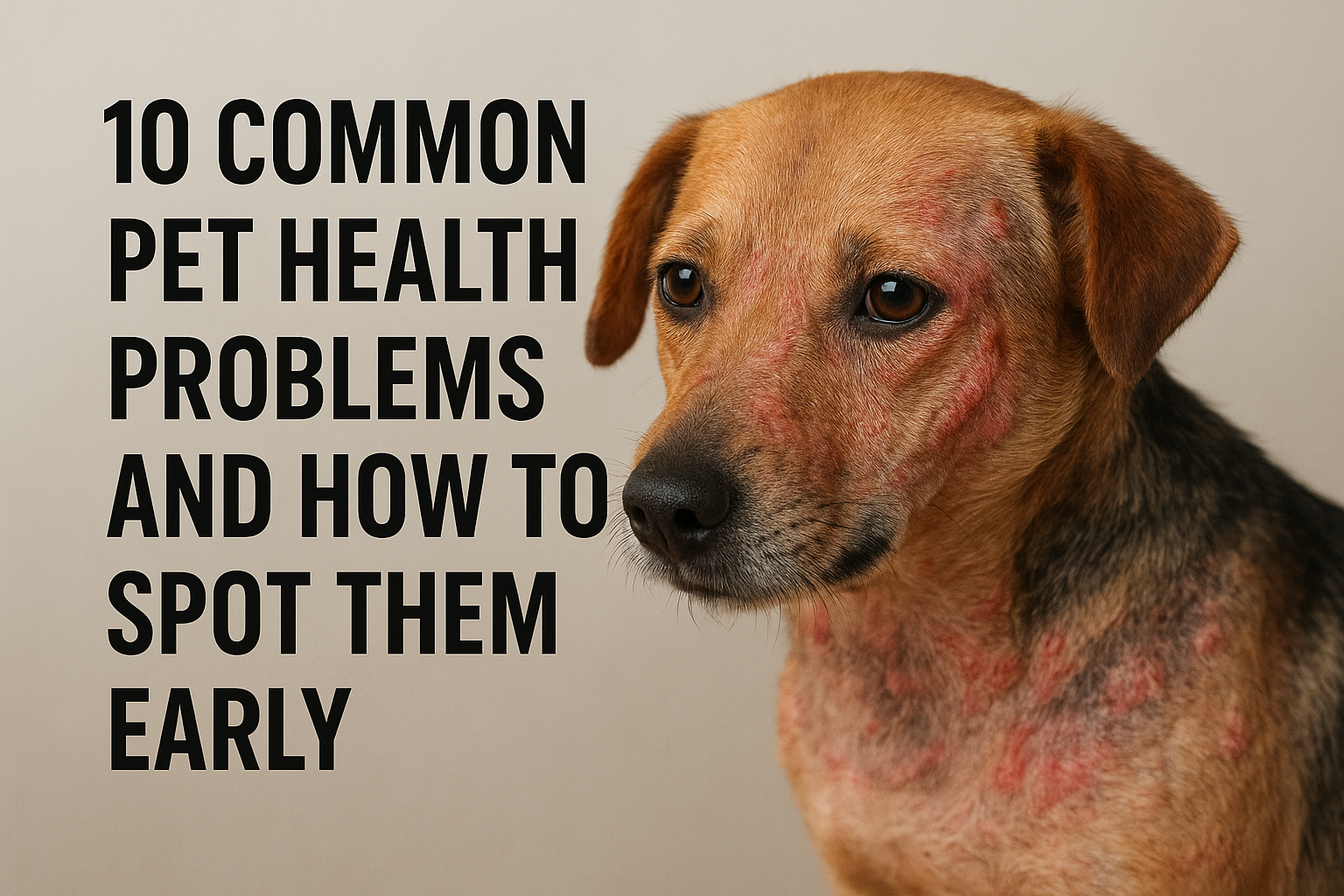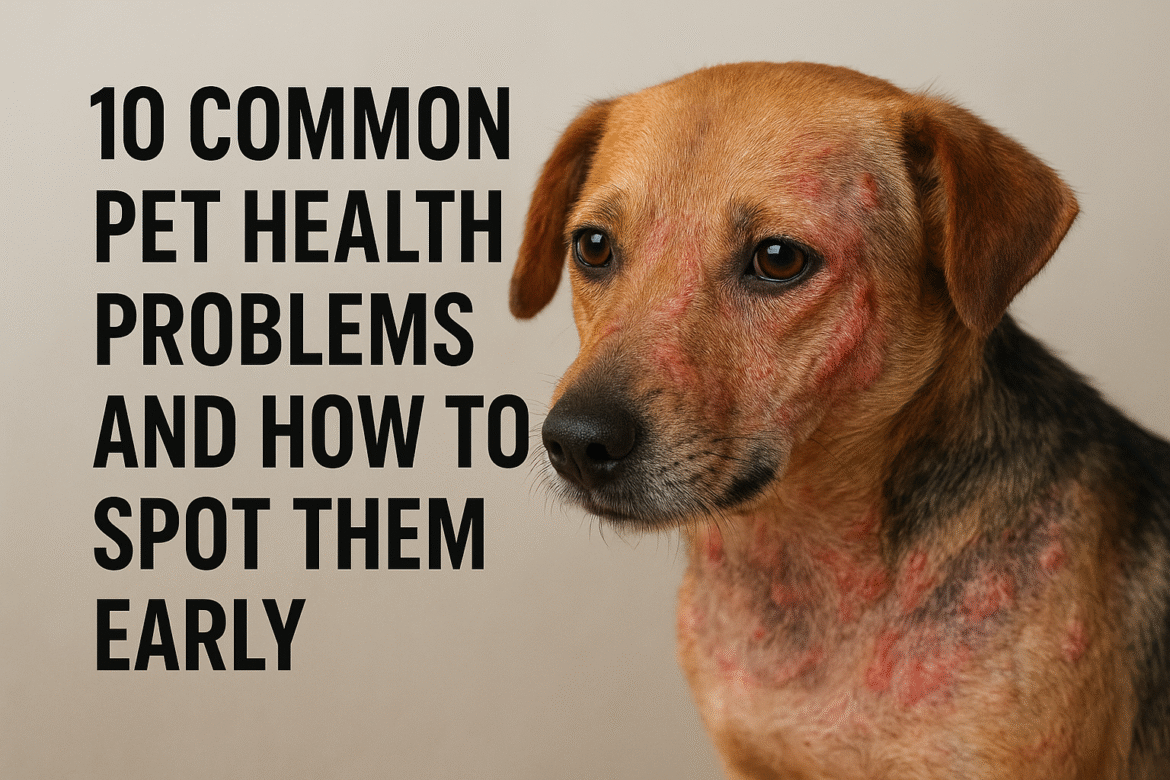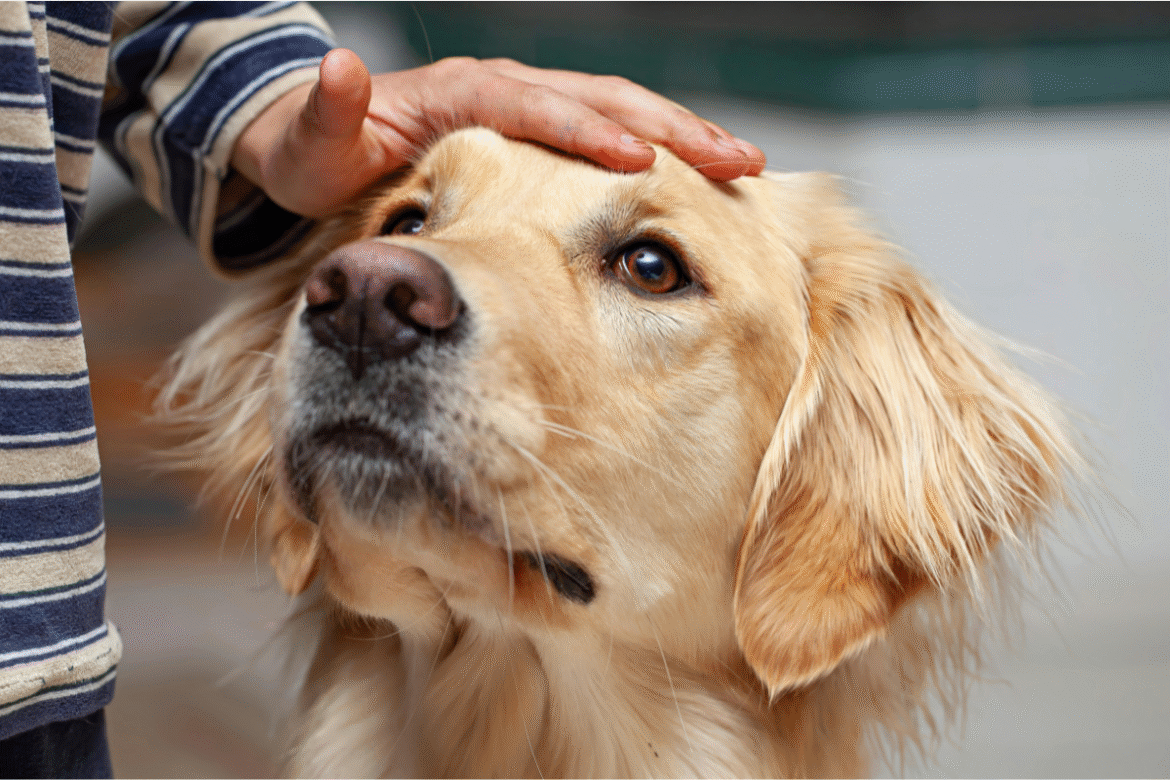As a pet owner, keeping your furry friend healthy is one of the most important responsibilities you have. Just like humans, pets can develop health issues over time, and recognizing the early signs can make all the difference in treatment and recovery. In this article, we will explore the 10 most common pet health problems, how to spot them early, and provide links to products and services that can help you care for your pet.
1. Obesity in Pets
Obesity is one of the most common health issues affecting both dogs and cats. Carrying excess weight can lead to diabetes, arthritis, heart disease, and a shorter lifespan.
Signs to Watch For:
- Difficulty moving or climbing stairs
- Lack of interest in exercise or play
- Visible fat deposits around the neck, back, or abdomen
- Trouble breathing after light activity
Prevention and Management:
- Measure portions carefully and avoid overfeeding.
- Choose high-quality, weight management pet food, such as Hill’s Science Diet Weight Management Dog Food.
- Increase daily physical activity with walks, playtime, and interactive toys.
2. Dental Disease
Dental disease affects more than 80% of dogs and cats by the age of three. Plaque buildup, tartar, and gum disease can lead to pain, tooth loss, and even systemic illnesses.
Signs to Watch For:
- Bad breath (halitosis)
- Red or swollen gums
- Difficulty eating or dropping food
- Excessive drooling
Prevention and Management:
- Brush your pet’s teeth regularly with pet-safe toothpaste.
- Offer dental chews like Greenies Dental Treats for Dogs.
- Schedule routine veterinary dental cleanings.

3. Ear Infections
Ear infections are especially common in dogs with floppy ears, but any pet can develop them. Untreated ear infections can cause permanent hearing loss.
Signs to Watch For:
- Scratching or rubbing the ears
- Red, swollen, or foul-smelling ears
- Head shaking or tilting
- Discharge or crusting inside the ear
Prevention and Management:
- Regularly clean ears with gentle, vet-approved solutions.
- Keep ears dry after baths and swimming.
- For ongoing care, consider Virbac Epi-Otic Advanced Ear Cleaner.
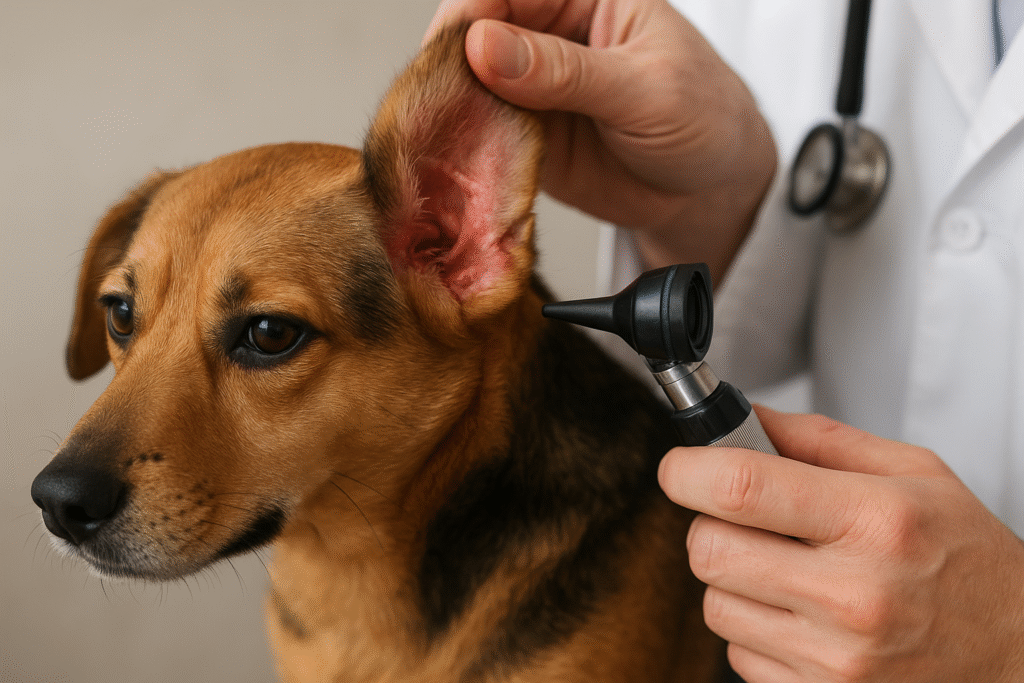
4. Parasites: Fleas, Ticks, and Worms
Parasites not only make your pet uncomfortable, but they can also spread serious diseases. Fleas, ticks, and intestinal worms are among the most common culprits.
Signs to Watch For:
- Scratching, biting, or licking excessively
- Hair loss or skin irritation
- Visible worms in feces or around the anus
- Lethargy or anemia
Prevention and Management:
- Use monthly preventative treatments such as Frontline Plus for Dogs.
- Check your pet regularly for ticks and remove them promptly.
- Consult your vet for deworming schedules.
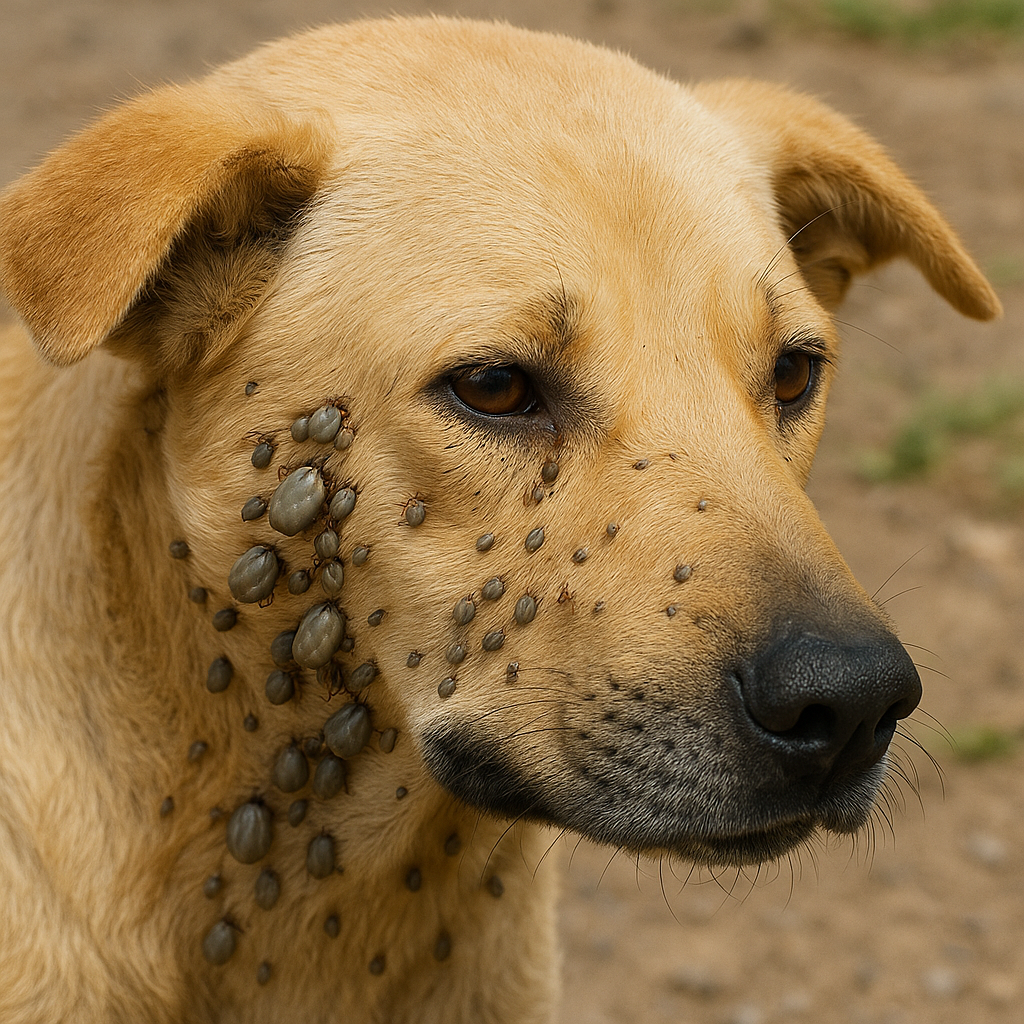
5. Skin Allergies
Pets can develop allergies to food, pollen, dust mites, or chemicals, causing itchy, inflamed skin.
Signs to Watch For:
- Constant scratching or licking
- Red, inflamed, or scaly patches
- Hair loss
- Ear infections
Prevention and Management:
- Use hypoallergenic pet shampoos like Earthbath All Natural Pet Shampoo.
- Avoid known allergens and introduce dietary changes gradually.
- Consult your vet for allergy testing and treatment options.
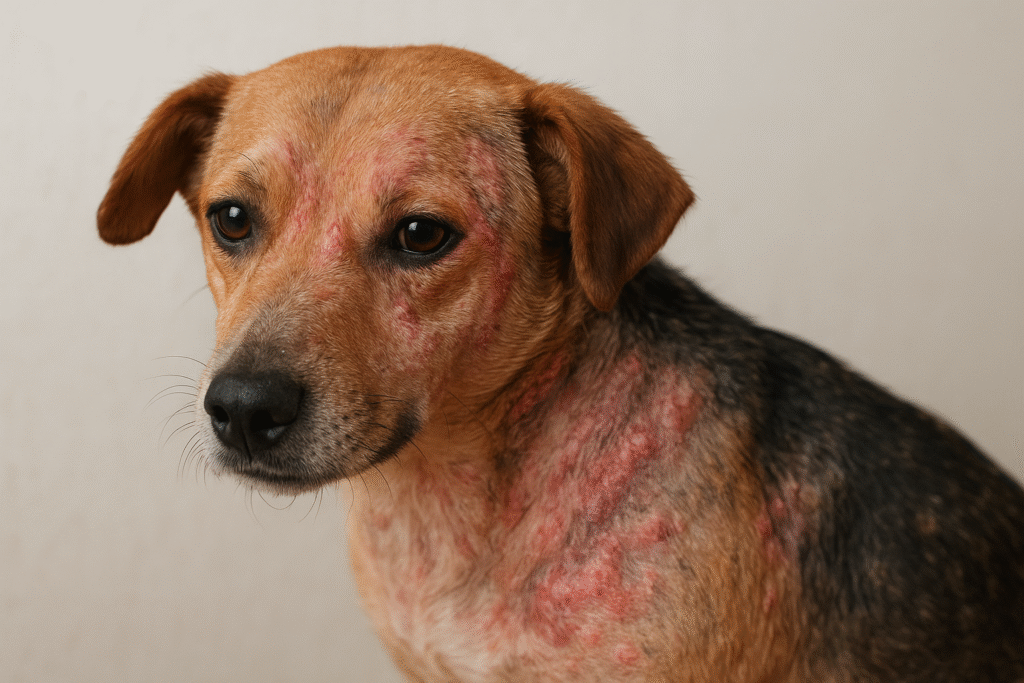
6. Diabetes
Diabetes is increasingly common in pets, particularly overweight or older animals. Untreated diabetes can be life-threatening.
Signs to Watch For:
- Excessive thirst and urination
- Increased appetite but weight loss
- Lethargy or weakness
- Cloudy eyes (cataracts in dogs)
Prevention and Management:
- Maintain a healthy weight and balanced diet.
- Feed diabetic-friendly food such as Royal Canin Veterinary Diet Diabetic Dog Food.
- Monitor blood sugar levels with vet guidance.
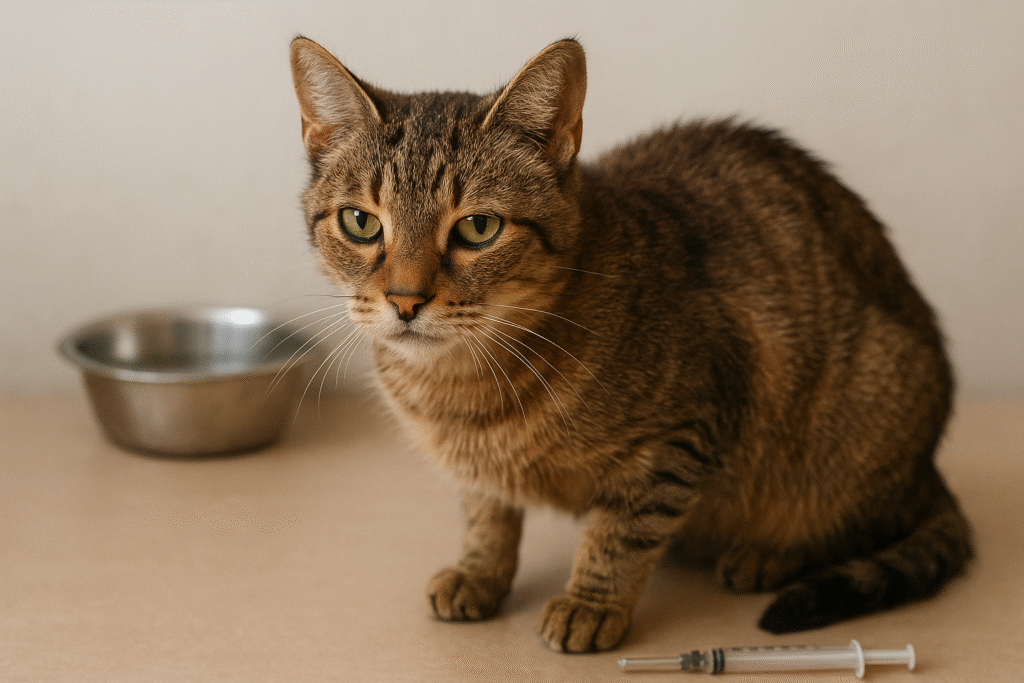
7. Arthritis and Joint Problems
Arthritis is a common problem in aging pets, particularly large breed dogs. Joint problems can significantly affect mobility and quality of life.
Signs to Watch For:
- Limping or difficulty rising
- Stiffness, especially after rest
- Reluctance to jump or climb stairs
- Swollen joints
Prevention and Management:
- Maintain a healthy weight to reduce joint stress.
- Provide joint supplements such as Cosequin DS Plus MSM for Dogs.
- Low-impact exercise like swimming helps maintain mobility.

8. Heart Disease
Heart disease can affect both dogs and cats, often without obvious early symptoms. Early detection is crucial for managing the condition.
Signs to Watch For:
- Persistent coughing or wheezing
- Rapid or labored breathing
- Fatigue during walks or play
- Fainting or collapse in severe cases
Prevention and Management:
- Schedule routine vet checkups and heart screenings.
- Maintain a healthy weight and diet.
- Consider veterinary supplements like VetriScience Cardio Strength.
9. Kidney Disease
Chronic kidney disease is more common in older cats but can also affect dogs. It often develops slowly, making early detection critical.
Signs to Watch For:
- Increased thirst and urination
- Loss of appetite or weight loss
- Vomiting or diarrhea
- Bad breath with ammonia-like odor
Prevention and Management:
- Provide clean, fresh water at all times.
- Feed renal-support diets like Hill’s Prescription Diet k/d Kidney Care Cat Food.
- Regular veterinary bloodwork and urine tests.
10. Cancer
Cancer can affect pets at any age, though it is more common in older animals. Early detection is critical to improving survival rates.
Signs to Watch For:
- Unexplained lumps or bumps
- Weight loss without diet changes
- Persistent sores or wounds
- Changes in behavior or appetite
Prevention and Management:
- Routine vet checkups to detect lumps or abnormalities early.
- Maintain a healthy diet and weight.
- For treatment, ask your vet about options like surgery, chemotherapy, or radiation therapy. Some clinics, such as VCA Animal Hospitals, specialize in oncology care for pets.
Tips for Early Detection and Overall Pet Health
- Regular Vet Visits: Routine checkups allow vets to catch issues before they become severe.
- Daily Observation: Monitor eating habits, bathroom behavior, energy levels, and mood.
- Preventive Care: Vaccinations, parasite control, dental care, and a healthy diet go a long way.
- Pet Insurance: Consider insurance plans from providers like Healthy Paws Pet Insurance to cover unexpected health issues.
Conclusion
Recognizing the early signs of common pet health problems is vital for keeping your furry friends happy and healthy. From obesity and dental disease to more serious conditions like diabetes and cancer, early detection can significantly improve your pet’s quality of life and lifespan. Make use of preventive care, high-quality diets, supplements, and regular veterinary visits to ensure your pet enjoys a long, healthy life.
Caring for your pet doesn’t just mean feeding them; it means paying attention to their behavior, health, and comfort every day. By staying vigilant and informed, you can prevent small issues from turning into major problems, keeping your pet healthy and happy for years to come.

